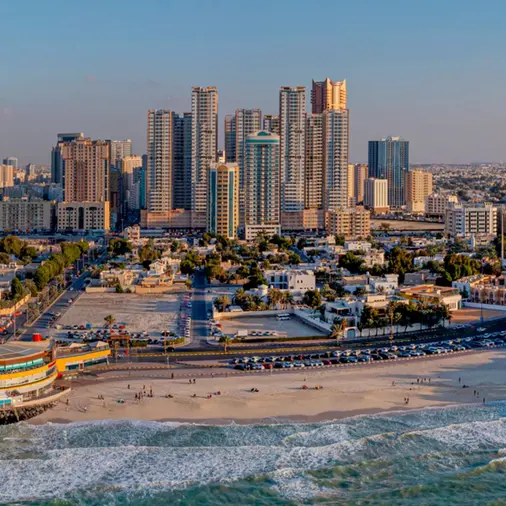The role of technology in keeping climate catastrophe at bay is becoming ever more critical. The resurgence of protests around the world such as the civil havoc wreaked by Extinction Rebellion or the school strikes begun by Swedish schoolgirl Greta Thunberg has renewed pressure on governments to “do something”, no matter how unrealistic or economically ruinous.
The individual and political solutions usually meant by “doing something” are not as straightforward as they sound and may actually create more difficulties than they solve. Actions by individuals and businesses, such as improving energy efficiency in the home or office, make a difference, but this is still a drop in the ocean when put up against the output of the world’s biggest emitters of greenhouse gases. They are also a bit hit-and-miss. Many of us are happy to do our bit of recycling or to stop the tap running while we brush our teeth, but how many of us are prepared never to fly again or to take up a vegan diet?
Similarly, swingeing political solutions such as carbon and fuel taxes can jolly things along, but such taxes inevitably hit the poor hardest and contribute to their own political unrest, as seen with the Yellow Vest movement in France, which could backfire by encouraging the election of more climate-sceptic leaders such as Donald Trump.
Technology presents only opportunities
Yet where individual and political solutions pose their own problems, the technological approach presents only opportunities. The growing recognition of the essential role played by green technology is highlighted by the fact that the World Green Economy Summit held in Dubai last year included a discussion on the role of technology in the green economy, this year it will be the summit’s overarching theme.
One example of the win-win nature of technological solutions to green issues is renewable energy. In its early days, renewables were seen by many as nothing more than a way for governments to spend taxpayers’ money on switching to more expensive energy. But we hung in there and the fruits are beginning to show. Prices of renewables, particularly solar, are through better technology being brought to a point where not only do they no longer require public subsidy, but turn a profit enough that they become an attractive business proposition.
Two years ago the World Economic Forum reported that solar and wind power had fallen to the same price or even cheaper than new fossil fuel capacity in more than 30 countries. This was a crucial tipping point for renewable energy, and has led to a big increase in its use by corporates in particular around the world. A report produced last year by FTSE Russell found that the green economy was outperforming much of the rest of the global economy, making green technology an increasingly appealing investment prospect.
Much still to be done
Still, despite renewable power having accounted for 70 percent of net additions to global power generating capacity in 2017, greenhouse gas emissions edged higher that year nonetheless, showing there is still much work to be done. The main laggards were the heating, cooling and transport sectors, which account for about 80 percent of global energy demand.
This shows that although technological breakthroughs in areas such as renewable energy can have a win-win impact – reduced emissions and cheaper energy – the road ahead isn’t easy. For example, if there is a greater take-up of electric cars this might cause oil prices to fall, which in turn could increase demand from the aviation sector that would push up emissions.
Despite advances in green technology such as the smart grid, electric vehicles, bioplastics, carbon capture and storage, green computers and green packaging, some critics insist that these advances are not nearly enough. They say that although we have been led by some of the modern world’s amazing inventions into believing that technology can achieve anything that simply isn’t true. They contend that future advances in green technology cannot be blindly relied upon to save the planet, and that essential breakthroughs such as improved battery efficiency in electric vehicles may still be a long way off.
Technology predicted to potentially cut emissions by 64 percent by 2050
But if there are problems with green technology, they are considerably less than those created by a purely political approach, which will inevitably lead to punitive, and polarising, taxes. Governments would do better to ease the path for innovative firms and startups through funding and supportive legislation so they can find the myriad solutions that will be needed to meet or go beyond the carbon targets of the Paris Agreement. ING in a report issued last year predicted that such an approach could result in a 64 percent decrease in greenhouse gas emissions by 2050.
To conclude, while the political pressure intensifies to enact all sorts of rash and damaging ecological measures, it is best to keep our heads and do all we can to back and push forward the technological innovations that may not just combat climate change, but do so while strengthening the global economy.
The World Green Economy Summit (WGES) this year will be held at the Dubai International Convention and Exhibition Centre, UAE on October 20th-21st. To learn more about the World Green Economy Summit, please visit the following link http://www.wges.ae/
Any opinions expressed in this article are the author’s own.
Disclaimer: This article is provided for informational purposes only. The content does not provide tax, legal or investment advice or opinion regarding the suitability, value or profitability of any particular security, portfolio or investment strategy. Read our full disclaimer policy here.





















